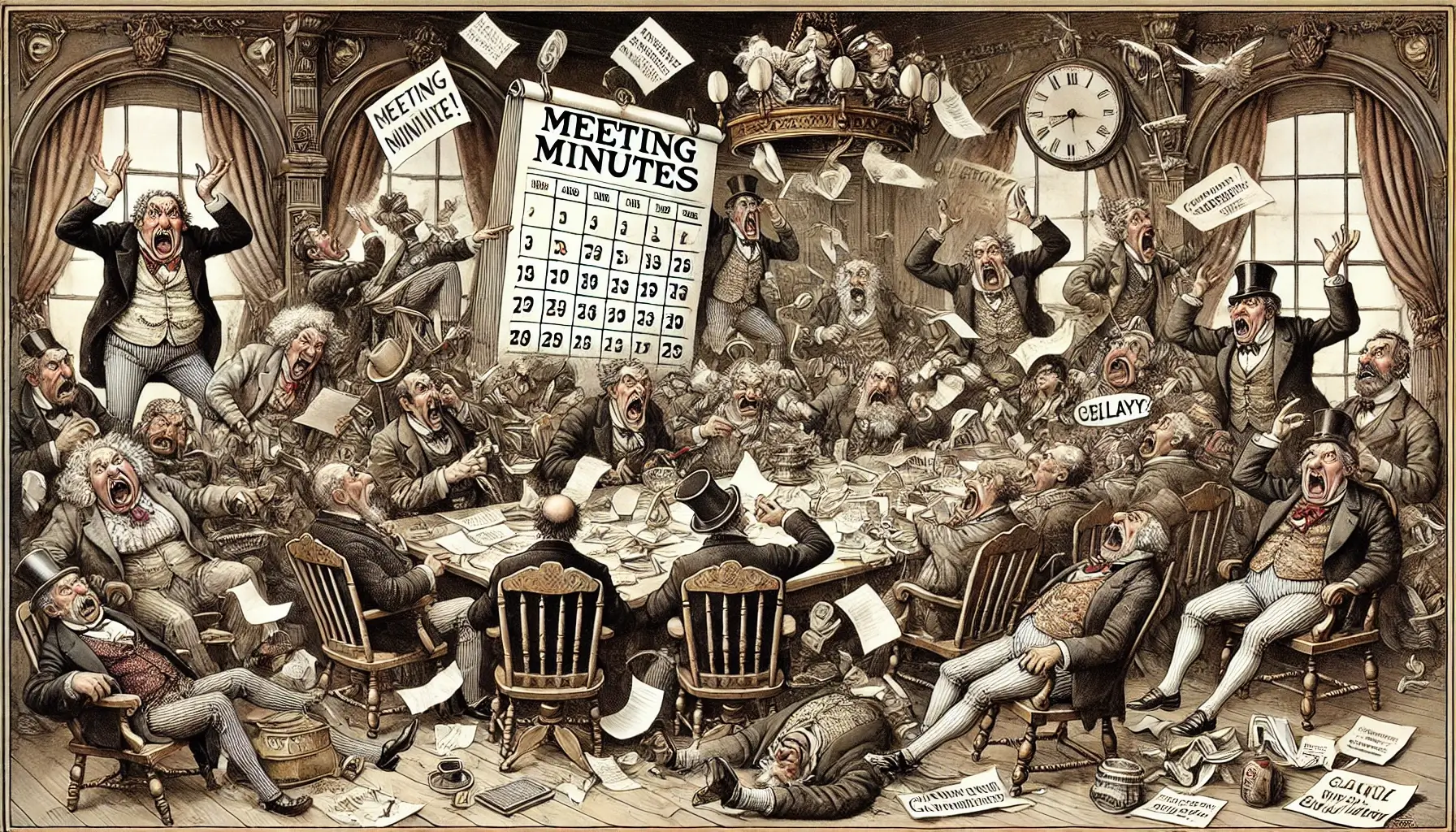· I'mBoard Team · Board Relationship · 5 min read
CEO-Board Relationship: Building and Maintaining a Productive Relationship Between the Board and the CEO
A strong partnership between the CEO and board is essential for achieving strategic objectives and effective governance. Challenges such as lack of trust, poor communication, and unclear boundaries can strain this relationship. Addressing these issues by fostering trust, setting clear goals, and maintaining open communication can significantly enhance collaboration and drive organizational success.

The CEO and board are two important pillars of your organization. A good partnership between both helps your organization achieve its strategic objectives, ensuring effective governance, leadership, and overall success. However, this relationship often experiences strain for a variety of reasons. This requires you to navigate these challenges to improve overall collaboration and productivity.
In this article, we are going to discuss the effects of a poor CEO-board relationship and how to make it stronger. Continue reading!
Causes of a Poor CEO-Board Relationship
There are various factors that estrange the CEO and board relationship. Some of these are given as:
- Lack of Trust: Oftentimes, the CEO may make decisions without adequately taking the board in confidence, which creates a perception of unilateral decision-making. This lack of trust and transparency dents the basic board’s faith in the CEO and leads to an environment of mistrust.
- Little to No Communication: Another reason for the poor CEO-board relationship is the lack of communication. When the CEO and board don’t collaborate through different channels, it results in misunderstandings, misaligned objectives, and a lack of cohesive strategy.
- Not Setting Boundaries: If, in any case, the CEO or the board oversteps their boundaries and doesn’t fulfil their duties, it can cause confusion and tension. It also disrupts the balance of power, leading to conflicts within the organization.
Effects of Poor CEO-Board Relationship
Now that you are aware of the different reasons behind the poor chairman vs CEO relationship, let’s discuss how this strain can impact your organization:
- Removal of CEO: Persistent conflicts and lack of trust between the CEO and the board can even lead to the CEO’s removal by the board. Yes, it’s true! Statistics reveal that only 50% of founders remain CEOs after being in business for three years, and the number dropped to 40% after four years. The major culprit behind this removal is poor CEO-board relationships.
- Poor Organizational Environment: A rift between the CEO and board often trickles down through the organization, creating a poor working environment. Employees may feel uncertain, experience low morale, and decreased productivity. This lack of unified leadership can significantly increase turnover rates, further exacerbating organizational challenges.
The tense CEO-board relationship can also result in ineffective business plan execution and missed targets, which greatly impact the organization’s success.

Tips to Improve and Maintain a Productive CEO-Board Relationship
Improving your CEO-board relationships is important to ensure your business is on a growth trajectory and has a positive work environment. Let’s discuss a few tips that can help you, as the CEO, in this:
Understand the Requirements of the Board
The first thing you should do is to clearly understand the board’s requirements. Typically, the board of directors provides strategic guidance and oversight governance for the company’s success.
You should actively engage with board members to comprehend their expectations and work on them. For instance, suppose the board is requesting a financial statement to analyze the company’s financial health.
In that case, make sure to provide the board with a comprehensive financial report. You should also be ready to discuss these financial reports in detail, fostering trust and commitment.

Develop Mutually Agreeable Goals
To maintain a good CEO-board relationship, developing mutually agreeable goals is important. It involves the board laying out clear and shared goals that the CEO can easily implement.
This eliminates the risks of division between both parties, creating a productive workspace where everyone works towards a shared vision. Employees also feel more at peace, which significantly reduces turnover rates and saves resources. High employee turnover can be extremely costly for an organization. On average, it costs one-half to two times the annual salary of the employee.
Define Key Metrics
Once the goals are set, you should define the key metrics and milestones necessary to measure success. Track these metrics efficiently and regularly update the board about how well the company is moving towards its goals.
Don’t forget to highlight achievements and request feedback and assistance on areas where progress is lagging. This collaborative environment improves the CEO-board relationship and increases overall transparency.
Set Clear Boundaries
It doesn’t matter how much we emphasize it; setting crystal clear boundaries is key to improving and maintaining good CEO-board connections. Both the CEO and the board should have a proper understanding of their roles to ensure effective governance and leadership.
For instance, the board is responsible for appointing and directing the CEO regarding governance. On the other hand, the CEO is tasked with executing the board’s strategy and managing day-to-day organizational operations.
This delineation of roles allows both parties to focus on their duties without overstepping boundaries.

Focus on Smooth Communication
Communication is key to maintaining any relationship. Therefore, the CEO should set regular meetings to discuss critical organizational issues.
They should also provide timely updates regarding the organization’s progress to the board and openly convey the opportunities and challenges.
If face-to-face meetings aren’t possible, instead of skipping communication altogether, you should leverage different online tools and email for continuous dialogue. This assures that the board is well aware of the company’s situation and is involved in structured decision-making, reducing the chances of misunderstanding.
Importance of Stable CEO-Board Relationships
Here are a few points that highlight the benefits of a good CEO-board relationship for your organization:
- Enhances confidence among stakeholders like investors, employees, and customers.
- Paves the way for effective governance, so the organization adheres to all regulatory requirements.
- Improves the company’s ability to navigate challenges under a unified and coordinated leadership.
- Defines clear roles for all the stakeholders, which improves overall organizational efficiency
Conclusion
The relationship between the CEO and the board is critical to the success of the organization. It’s indeed exposed to various ups and downs; however, the organizations that manage to maintain their CEO-board connection thrive in the competitive business world. This can be done by facilitating frequent communication and collaboration. In addition, the CEO should clearly understand board requirements and work on them with diligence to gain their trust.



